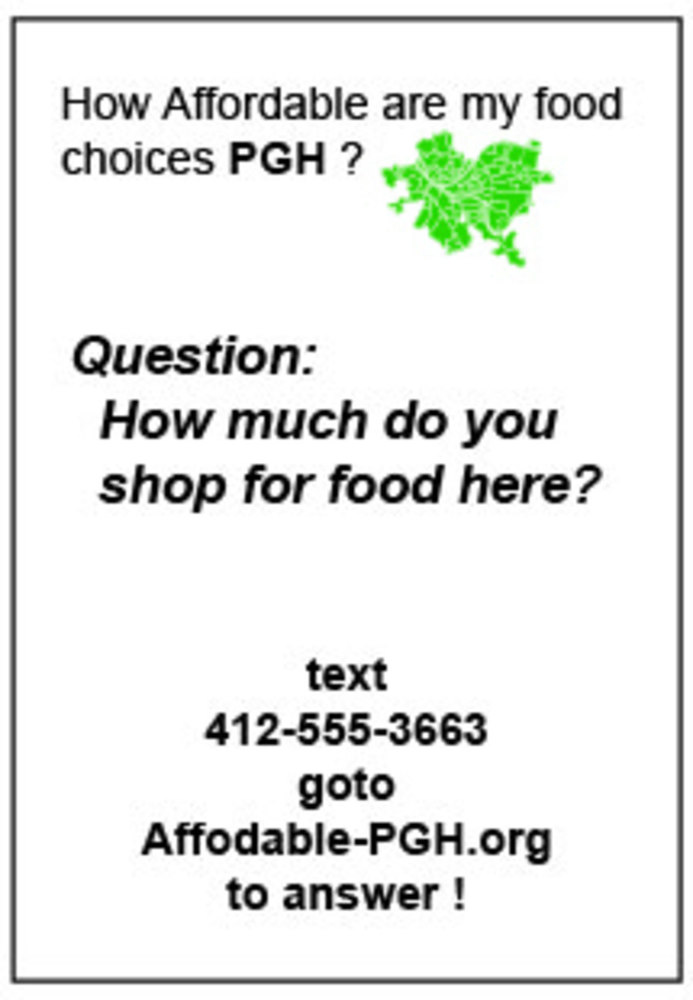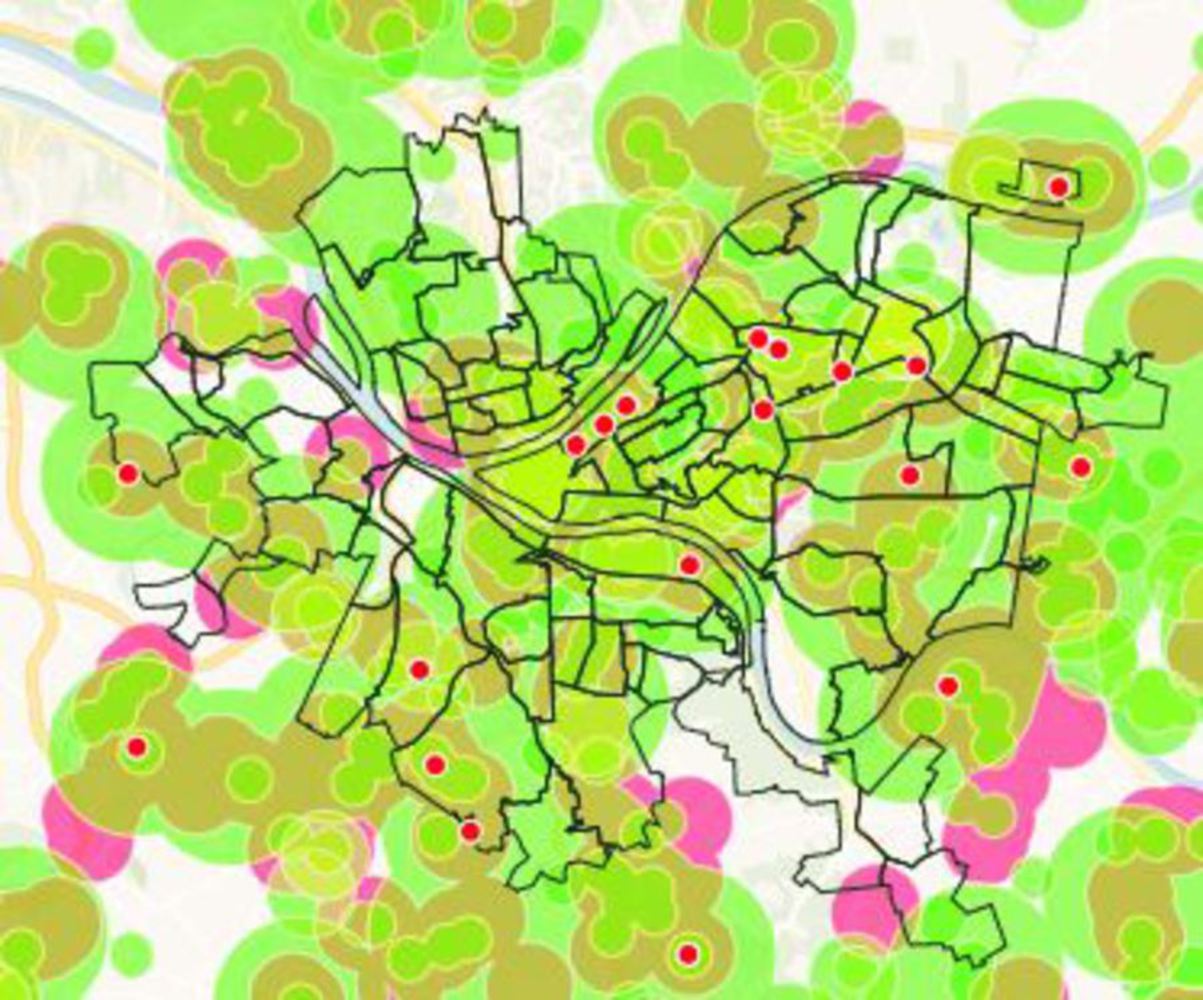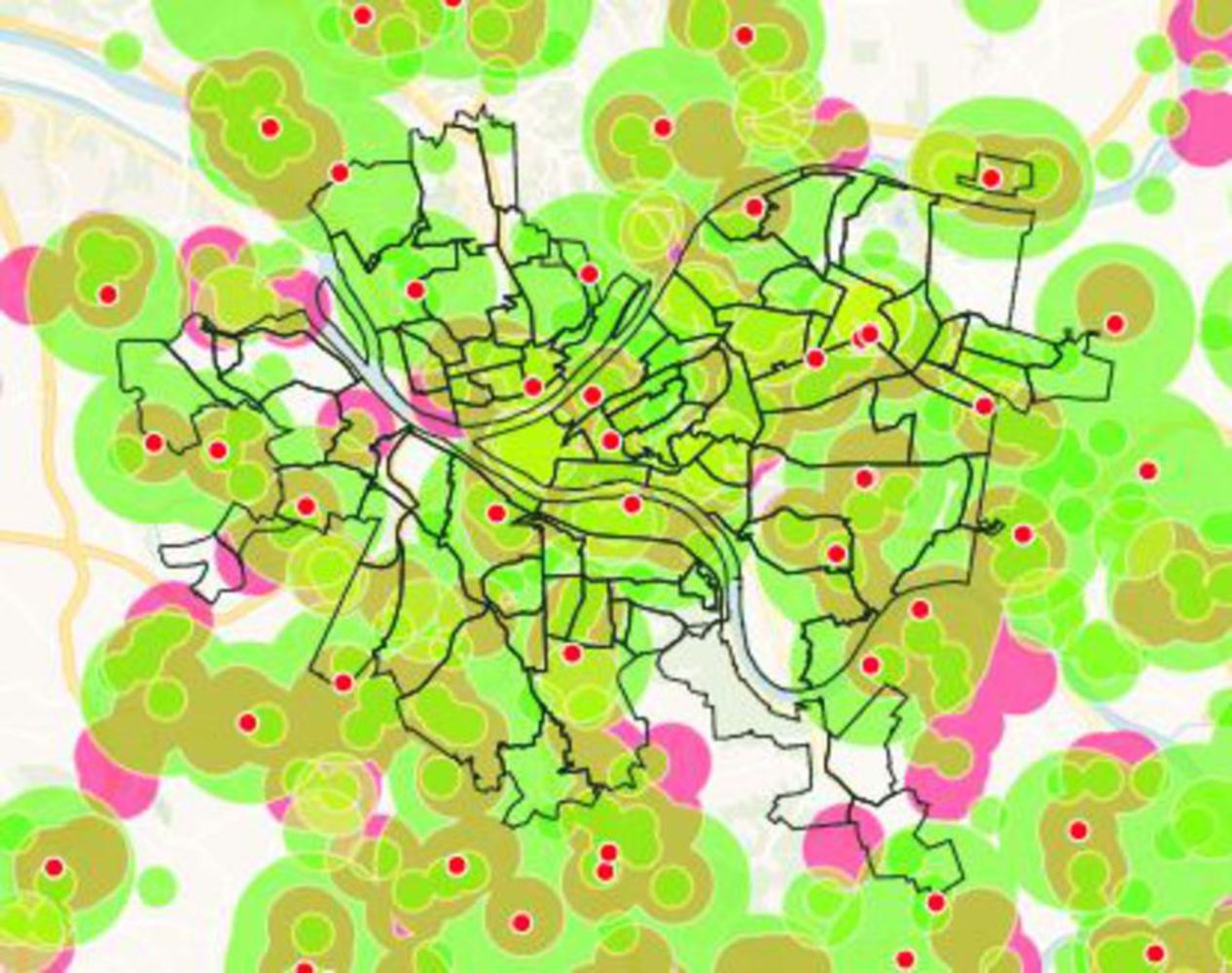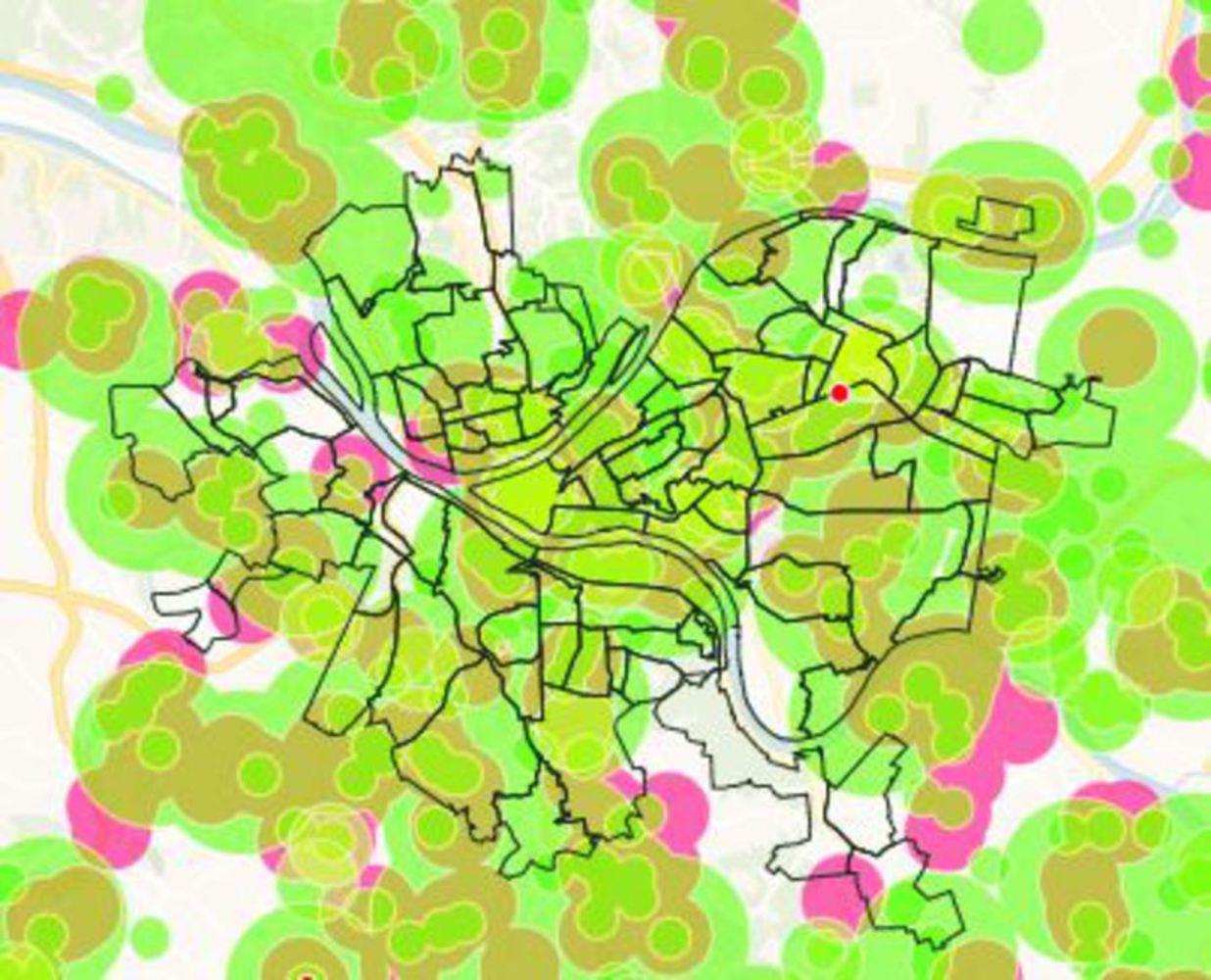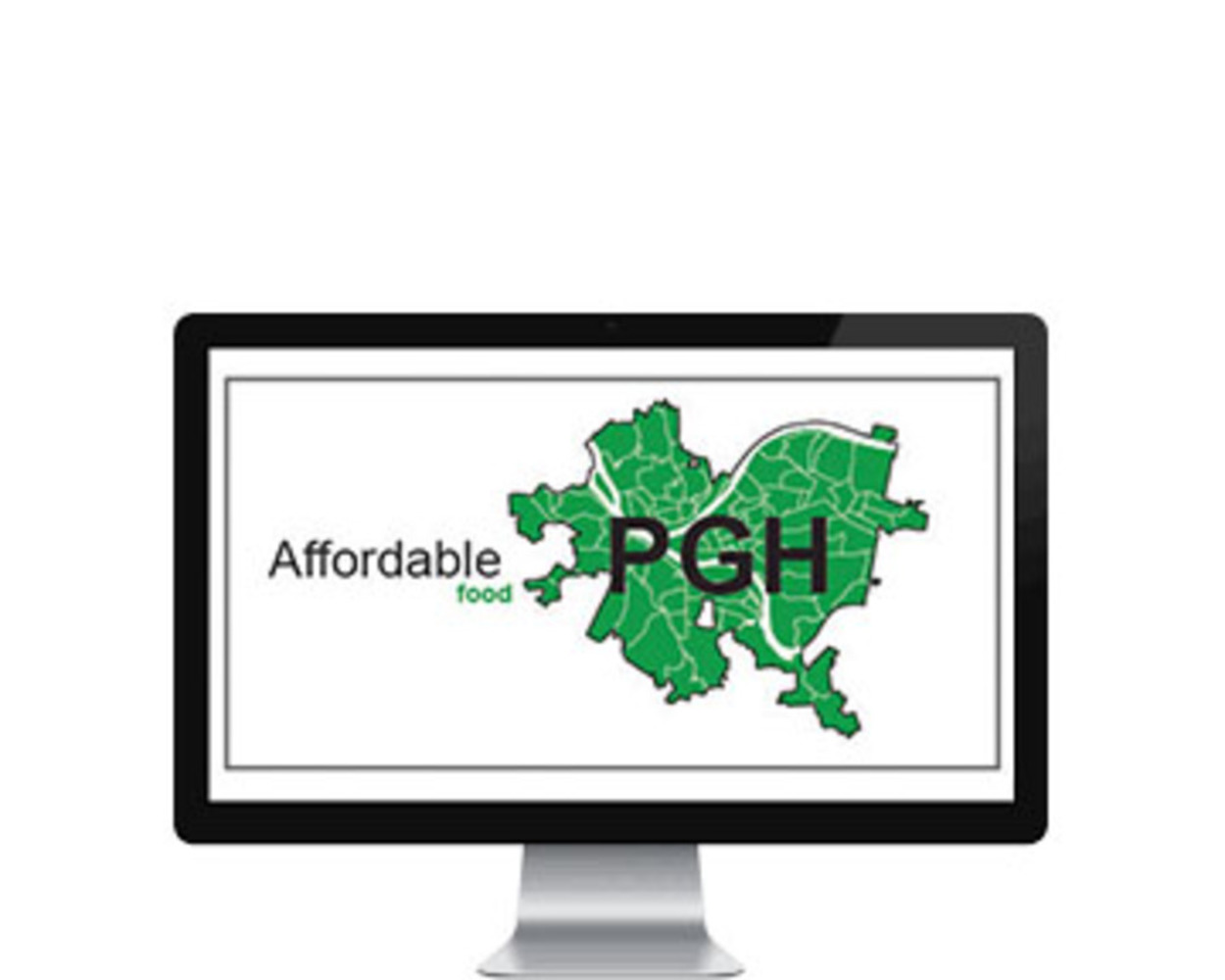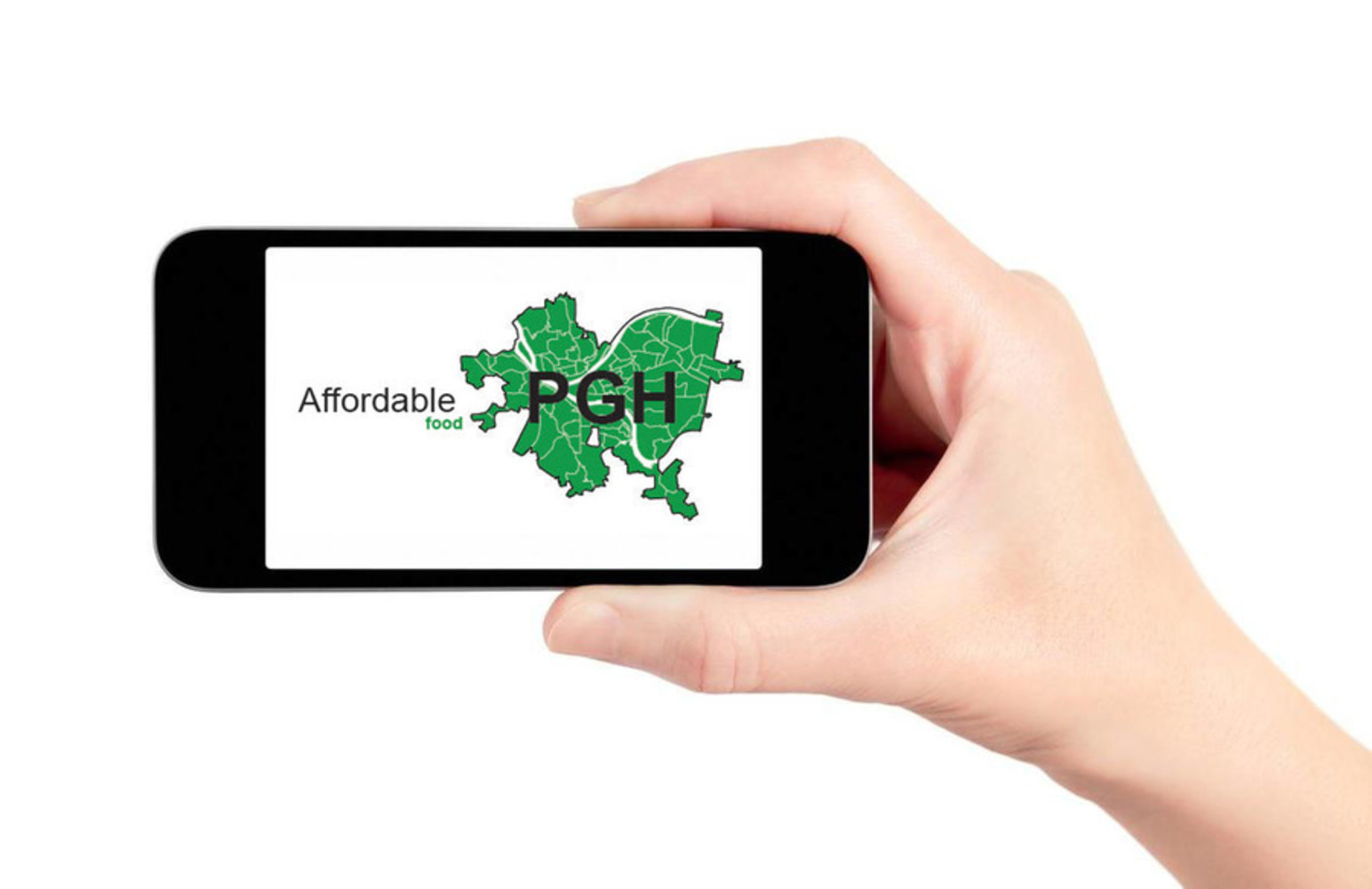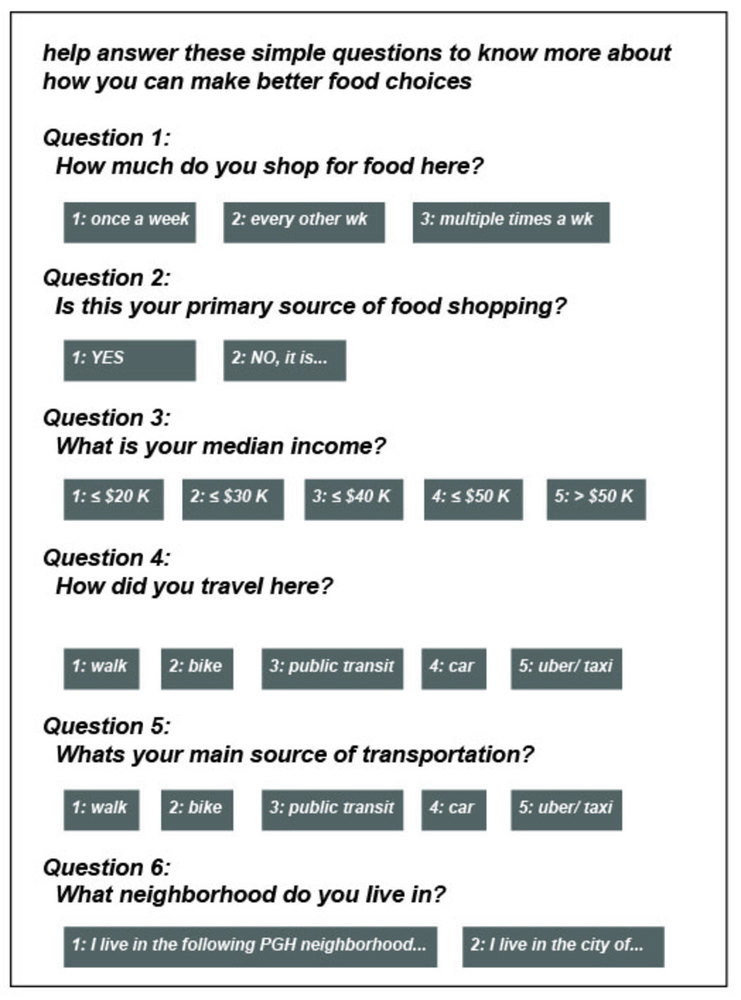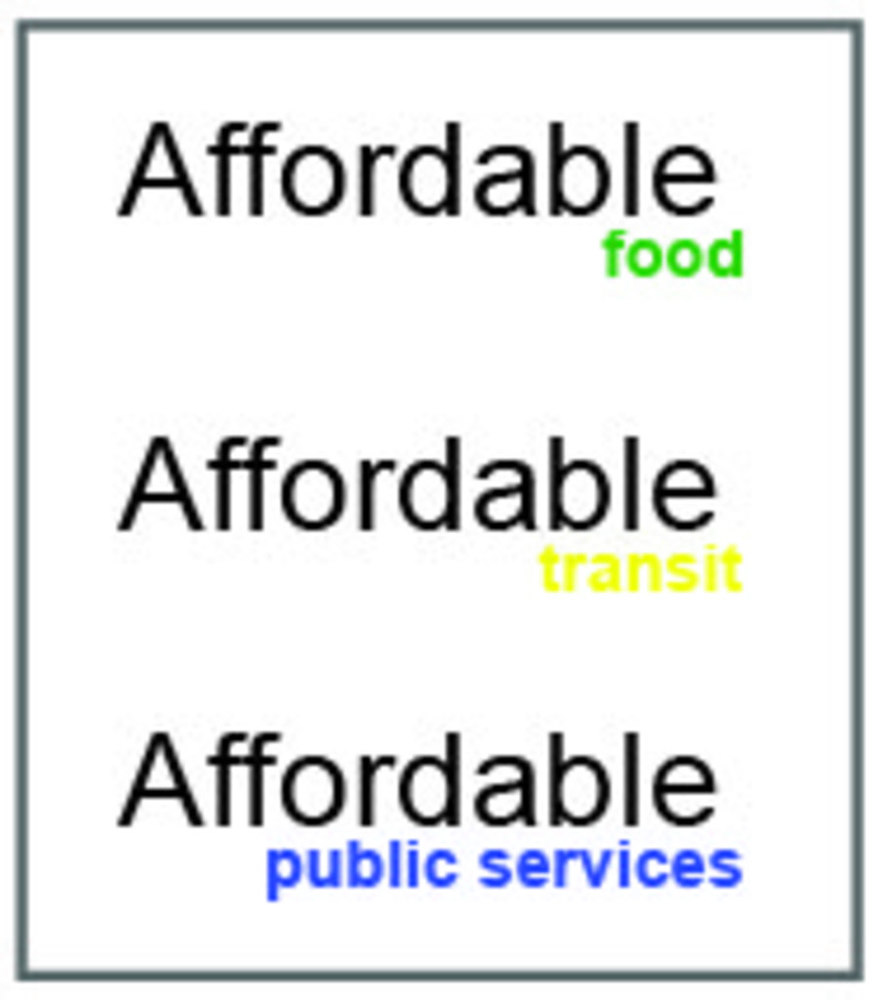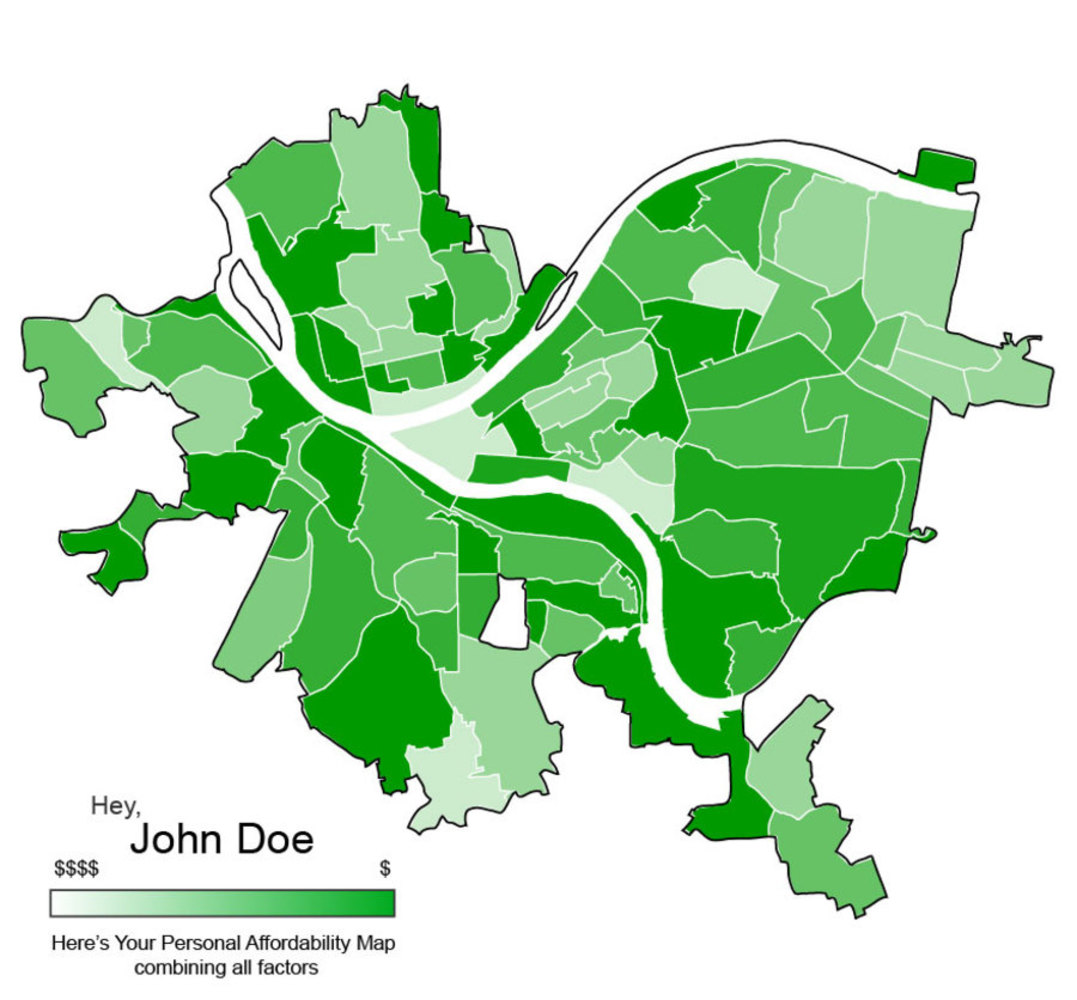Goal
Miami/Pittsburgh Affordability Map
A current of exploration and personal interest over the past few years has been the growing economic inequalities leading to unaffordability in Miami. First proposed as my capstone for a local Affordable Housing cohort (Cultivating our Community), the Miami Affordability Map parallels research I'm currently pursuing in my Urban Design Thesis and could lend itself to a more robust outcome at its conclusion in May 2018.
As a definition…
As defined by Merriam-Webster, Affordability is: able to be afforded: having a cost that is not too high. Products sold at affordable prices; an affordable purchase
And as defined by Business Dictionary.com, Affordability is: Conclusion drawn from the analysis of the 'life cycle cost' of a proposed acquisition, that the purchase is in accord with the resources and long-term requirements of the acquirer.
Taking the two, and reframed in the context of livability, Affordability is about the ability to afford to live in a certain area/neighborhood given the constraints of the local market factors (such as housing cost, transportation costs and options, access to skilled jobs, and quality education options).
To be clear, this is not about the mapping of affordable housing offered by local governments, or a mapping of mixed-use developments, which is information easily obtainable from any local governmental public housing authority. This is about finding a better, and deeper understanding to the issues of an area’s ease or difficulty in residents right to live non-cost burdened (when 30 percent or more of its monthly gross income is dedicated to housing).
It’s from here where I would like to explore mapping out pockets of Miami where a level of affordability exists based upon the median income of the region as a base benchmark to maintain.
While Miami's Open Source Data is a ways off from being as complete as Pittsburgh's, I will utilize Pittsburgh's Data as a test of my theories.
